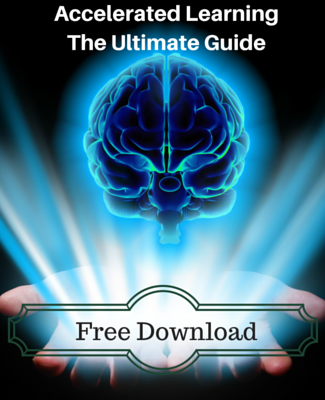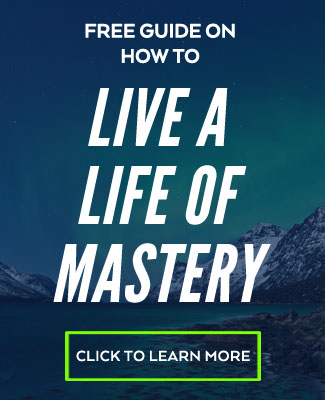A Single Practice for Transformation

Though meditation is traditionally associated with Eastern religious practices, at its core it is more accurately an ancient technology for transforming and refining the mind. It’s a practical means for enhancing focus, concentration, and self-awareness. It puts us face to face with the automatic responses of our own thinking. It’s a clean arena to confront our own ego, and it can help us expand our patience and self-awareness.
This post will give a quick ‘how to’ for those who want to start now, and will end by pointing out a few notable landmarks and pitfalls of a regular practice.
** Beginning Seated Meditation only requires that we take a few moments to stop and observe the nature of our own mind. Thousands of techniques exist to aid this otherwise simple process. Although it is the simplest way to transform your mind, it is not easy to stick with a diligent daily practice and reap the full range of benefits. In fact, mediation has been called the simplest, hardest, thing in the world. To get started, all it takes is the following:
- Find a quiet space
- Take a seat with your back straight (if cross-legged sitting is uncomfortable, a chair is fine)
- Close your eyes
- Bring your attention to your natural breath either where air enters your nose, or focus on the feeling of your lungs rising and falling
- Follow your breath both in and out
- Notice when you get caught up in a chain of thoughts, stories, urges, impulses, or ideas
- Upon noticing, you can label the thoughts by repeating “thinking, thinking, thinking,” to yourself
- Then simply let go of the thoughts and return your focus to your breath without judging
- Continue this for a predetermined period of time – 20 minutes daily is a great goal for people new to the practice.
- Increased benefits come from regular practice of 30-60 minutes.
And it really is that simple. You can practice anywhere. To extend the benefits of meditation and mindfulness into your daily life, try out The Game for free.
These instructions are more than enough to get started. But even a short practice reveals the difficulties with this simple task. Overcoming difficulties is much easier when we better understand them, so it can be helpful to consider:
** Why can meditation feel so difficult? **



[…] Here are some written instructions to start. […]